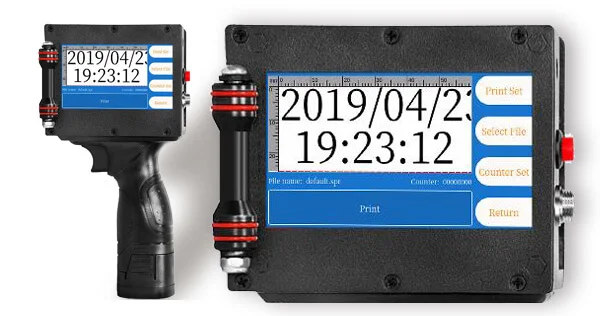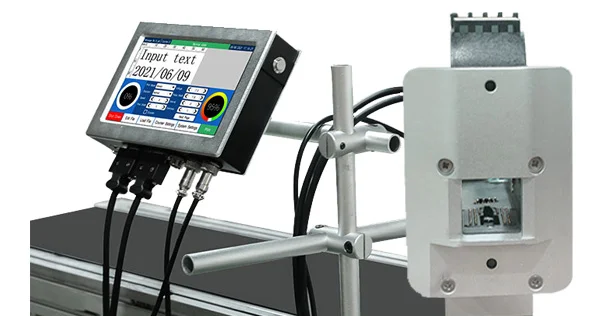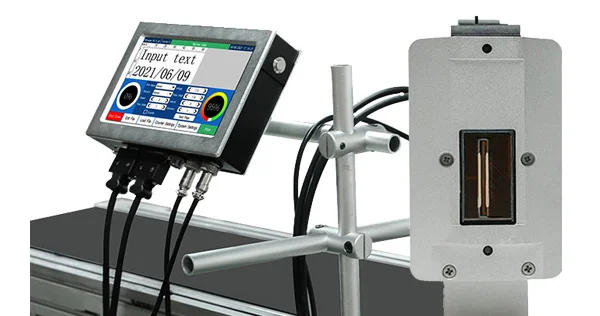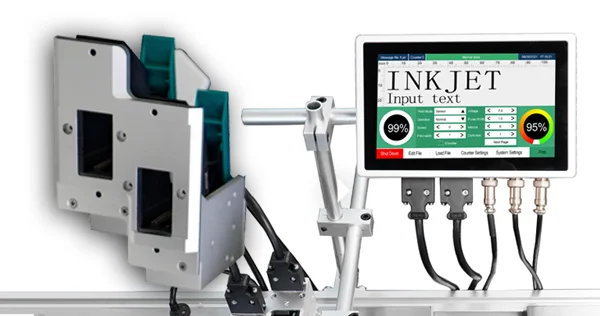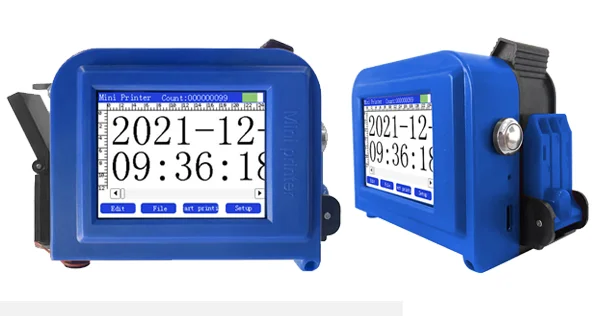-
Geotechtronics GmbH
Pollinger Str. 3 • D-82362 Weilheim i.OB -
Office hours
Mo-Sa: 9:00-18:00
Labelling devices for error marking and test marking


Even in modern production, rejects cannot always be avoided. The higher the quality and durability of a part or product, the higher the demands on quality and accuracy. Defect marking and inspection marking are therefore an integral part of such production processes and serve to mark the rejects or parts for reworking. Defect marking and inspection marking are usually very simple marking processes, mostly consisting of only a small coloured marking (coloured dot). With the help of special inks, however, it is also possible to create largely invisible defect (error) markings and test markings. Special black light inks then only become visible under UV light.
The surface to be marked is of decisive importance for the suitable type of error marking and test marking. The material, the size and whether the surface is flat or curved all play a role here. Inkjet solutions are therefore particularly well suited here. Their non-contact printing and fast processing speed make them easy to integrate into existing production processes. The large selection of special inks makes the type of defect marking and inspection marking very flexible.
NasaJet® NJ-1000 und NJ-2000
The NasaJet® NJ-1000 and NJ-2000 models are suitable for retrofitting into existing production lines. These two proven marking systems consist of a control unit with built-in touch screen and a print head connected by cable. The print head can then be mounted accordingly on existing assembly lines. External sensors can be used to trigger the printing process. This allows any other system to check for faults and trigger the print. The printing speed can be up to a maximum of 50m per minute. The units are therefore particularly suitable for marking objects in rapid succession.
With the proven TIJ principle, almost any surface (smooth, curved, rough,...) can be printed. Inks and special inks for a wide range of materials are available from various suppliers. Even special applications (invisible UV ink, waterproof,...) can be realised.
Hand printer for error marking and test marking
In addition to their mobility and flexibility, the big plus points of hand printers are their cost-effectiveness. Modern hand printers today have moderate purchase costs, low energy consumption and allow variable use of the amount of ink required. Hand printers can be used for error marking and inspection marking of very large or bulky objects - such as building materials or prefabricated house parts.









